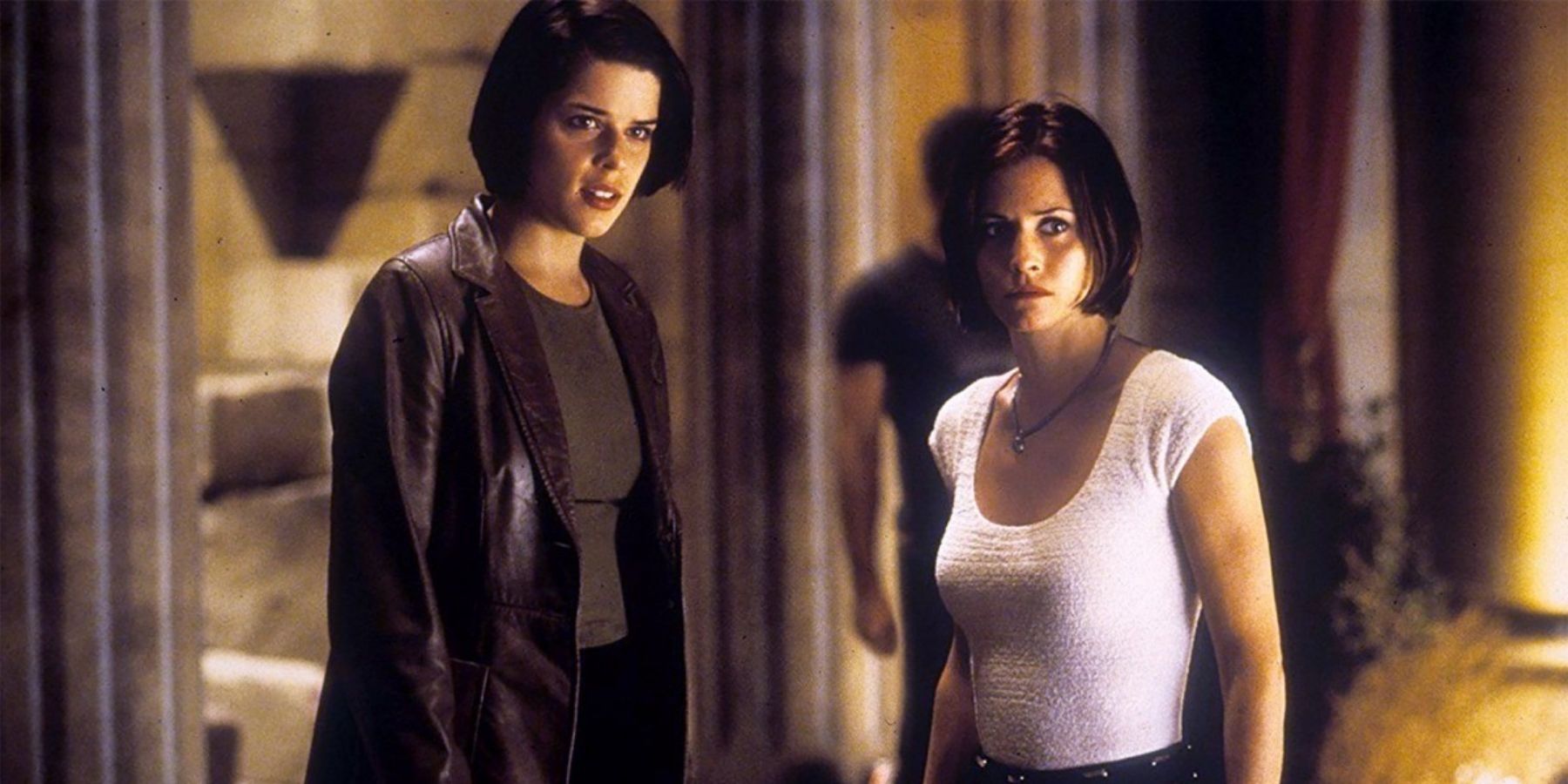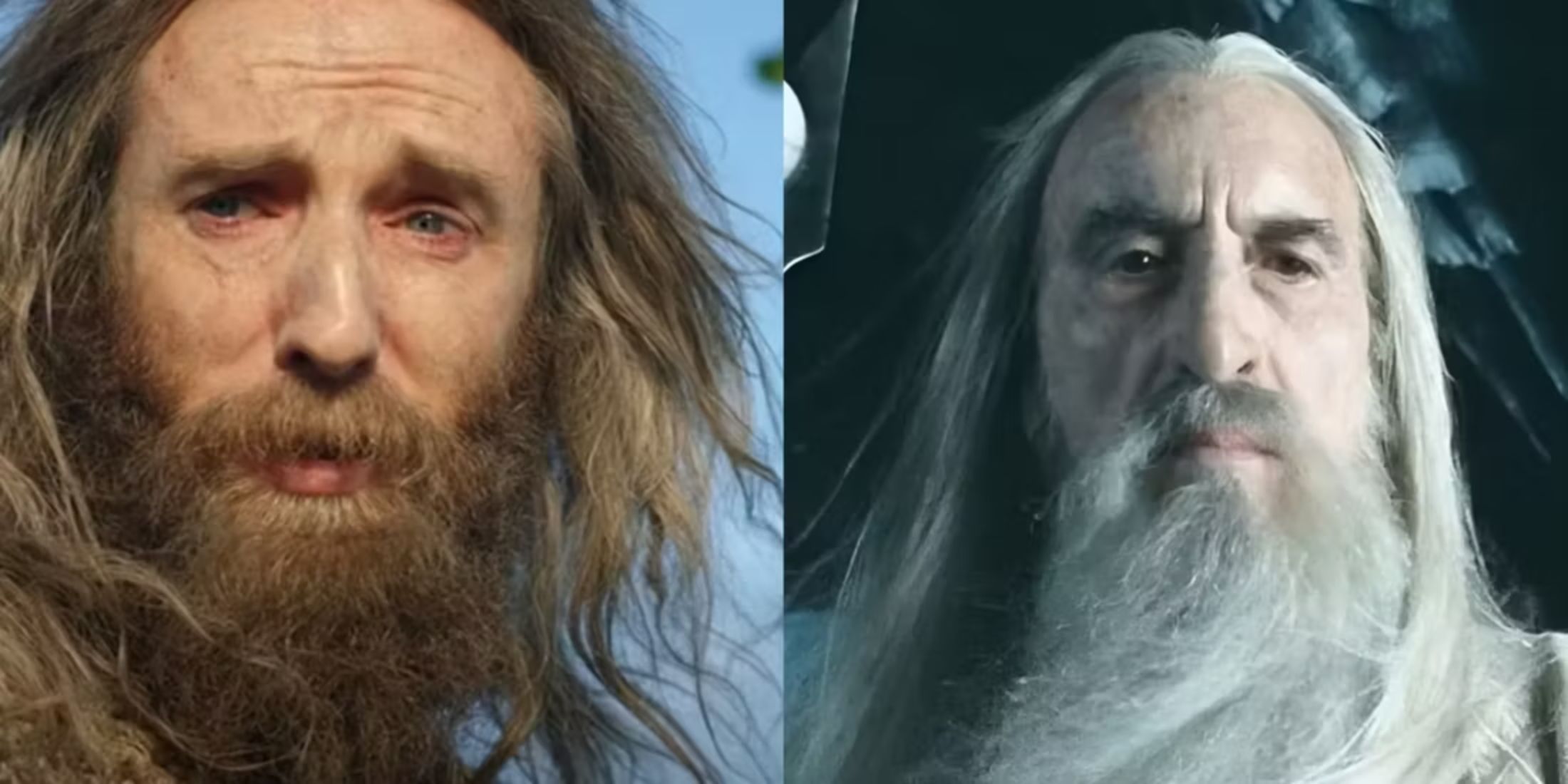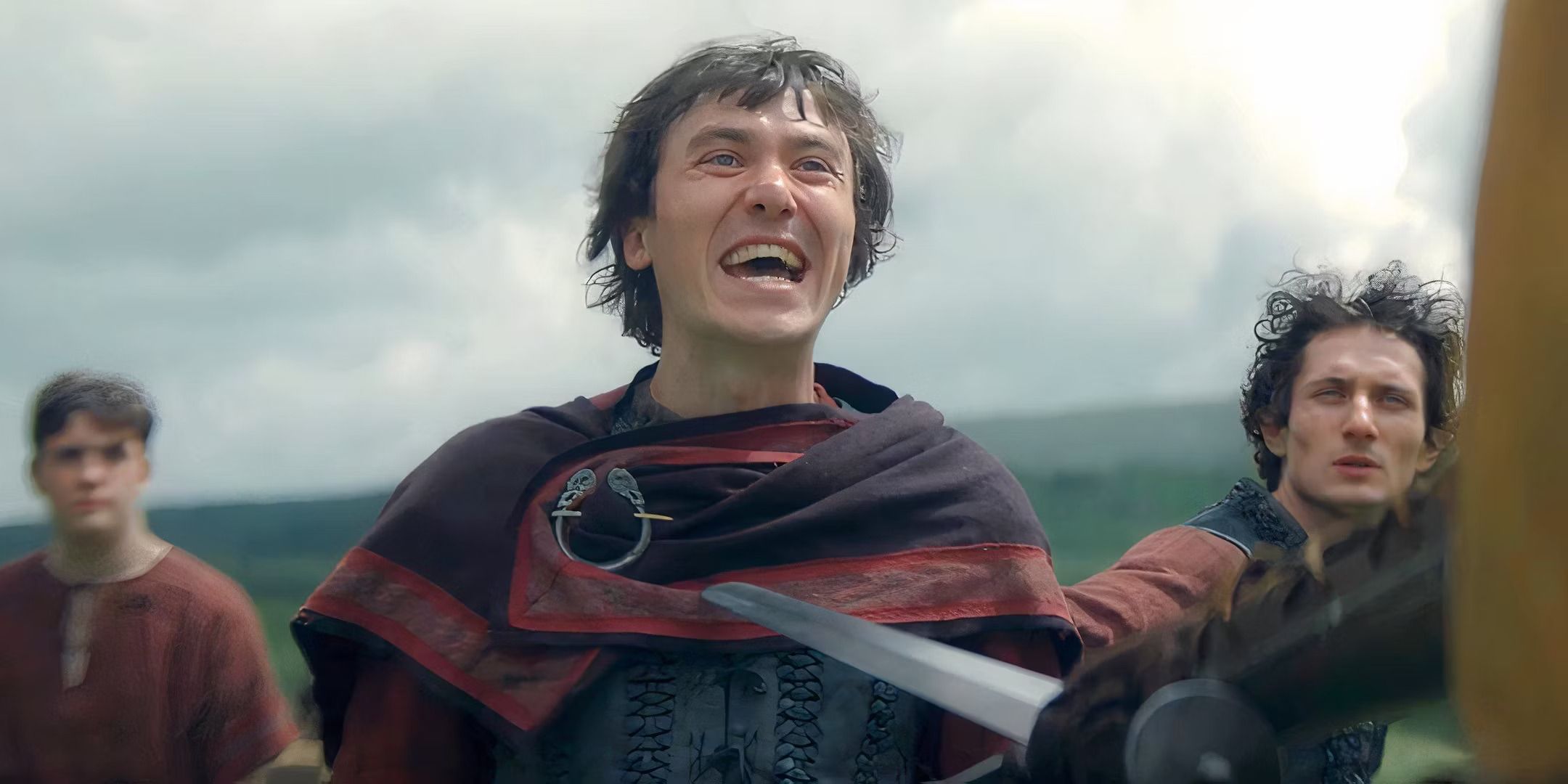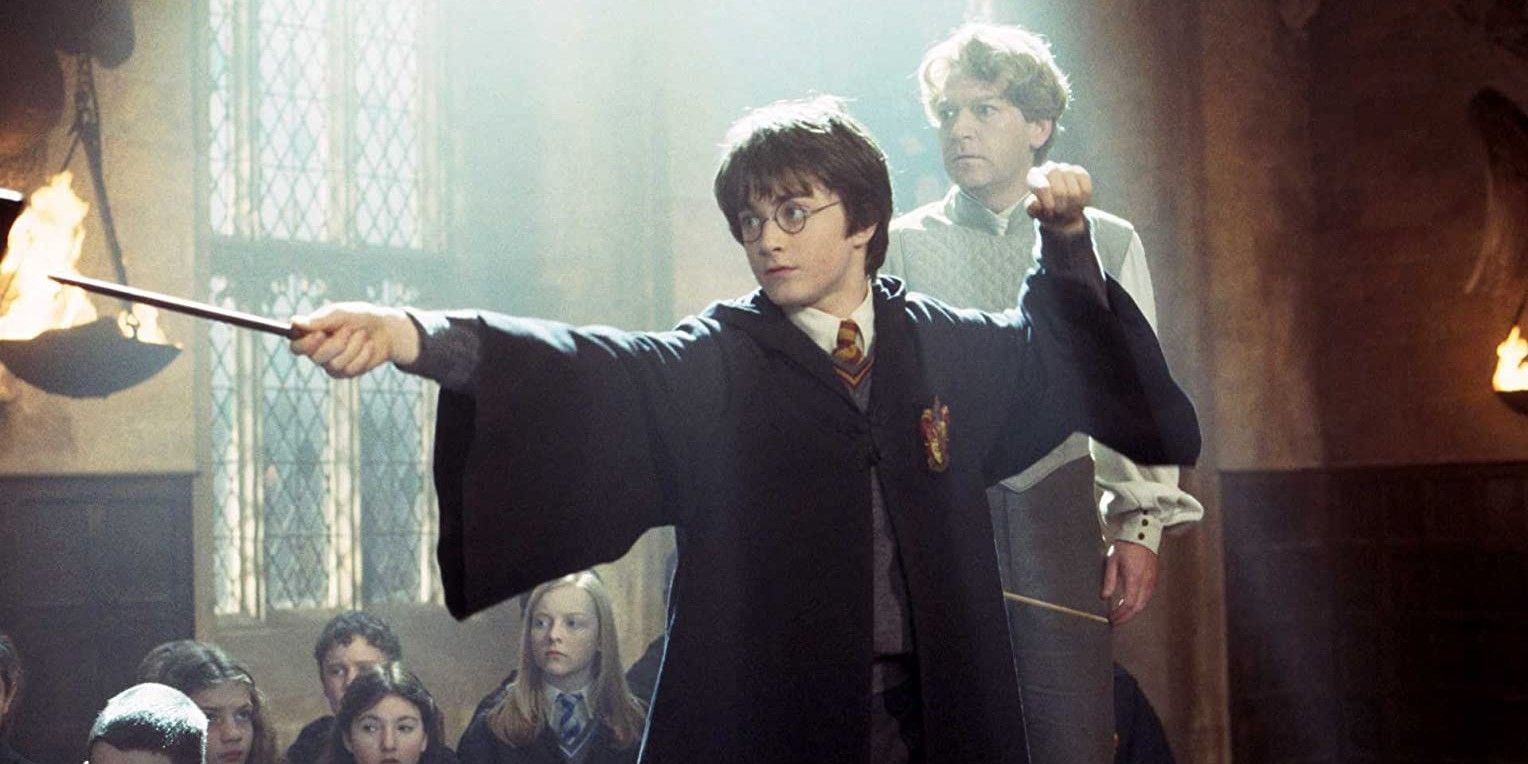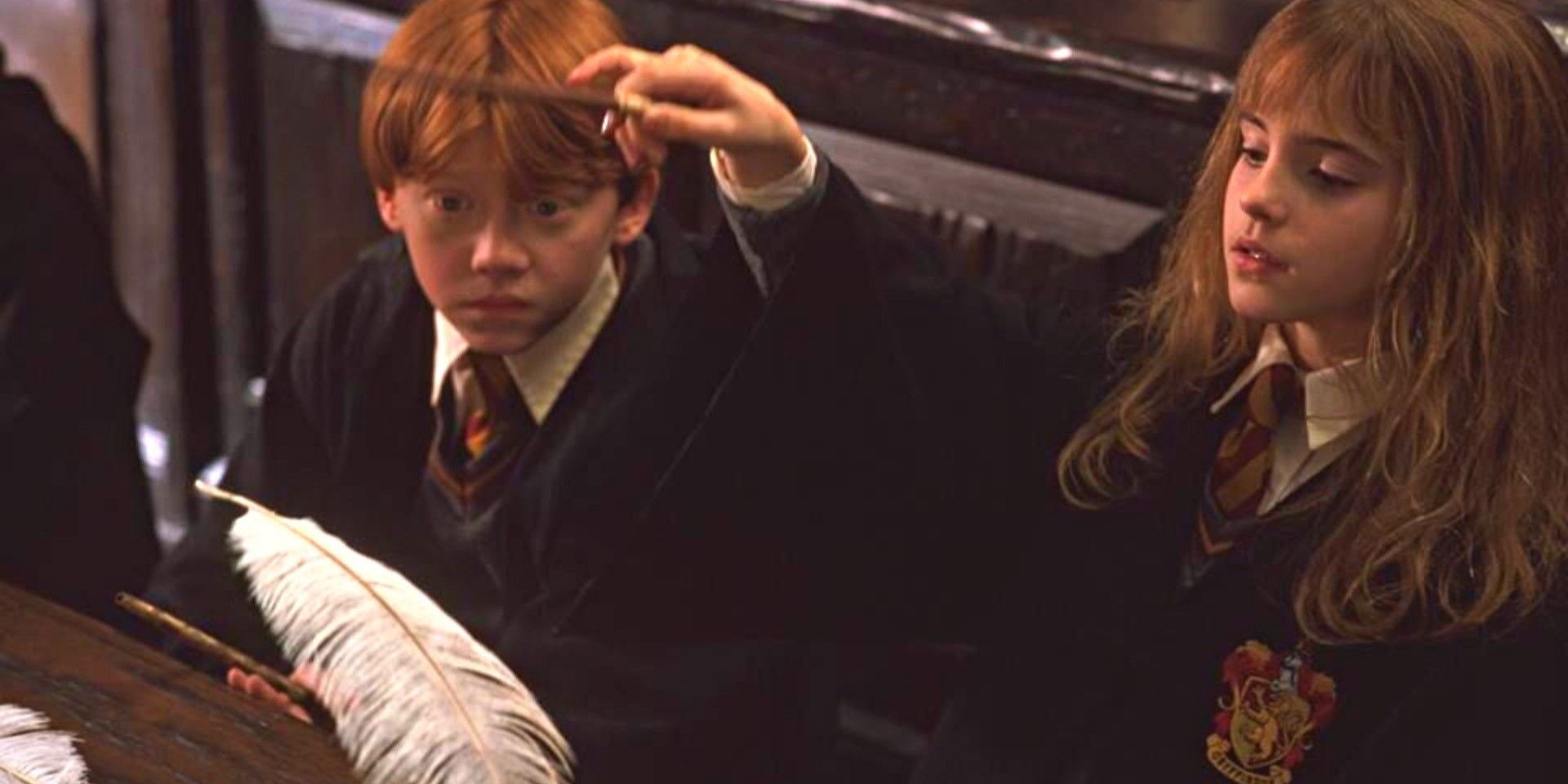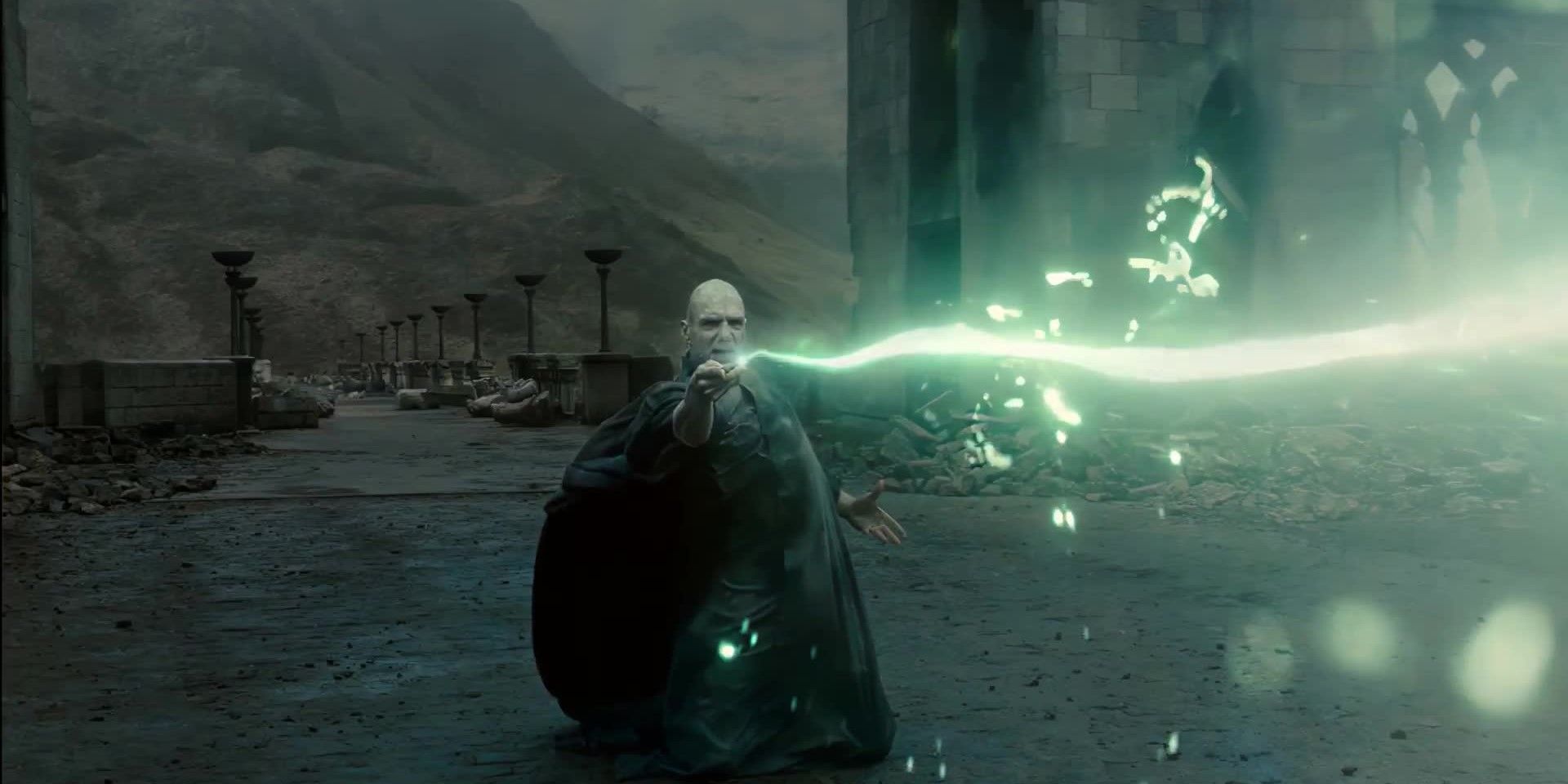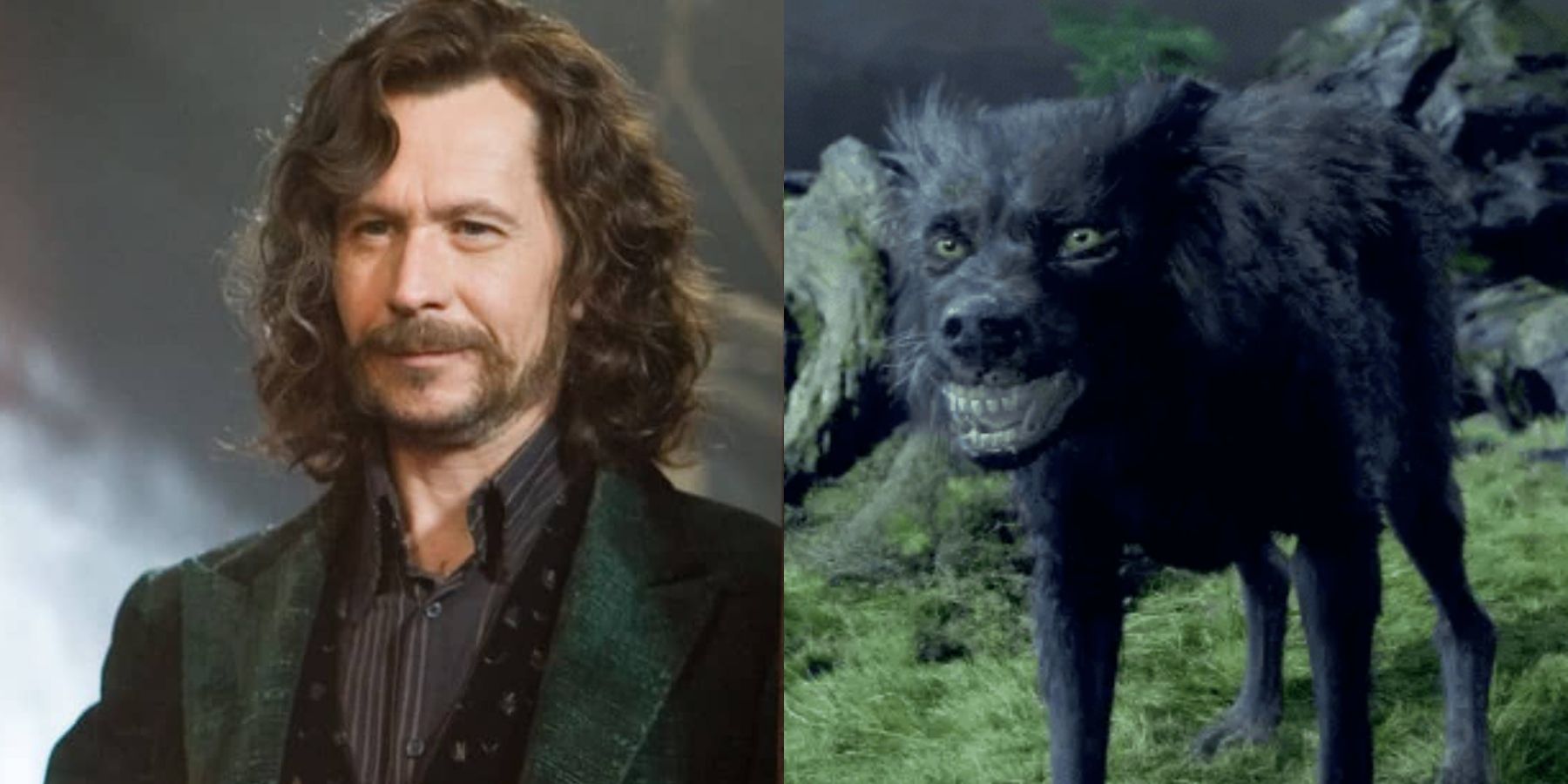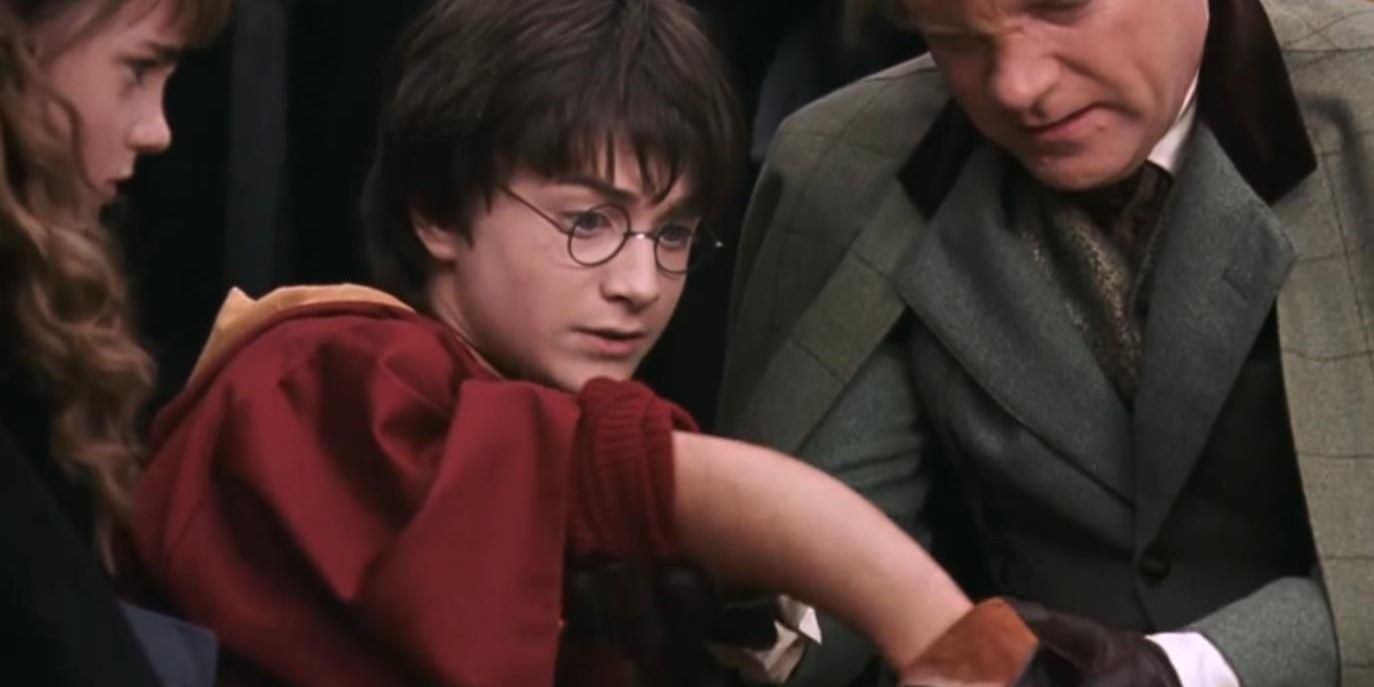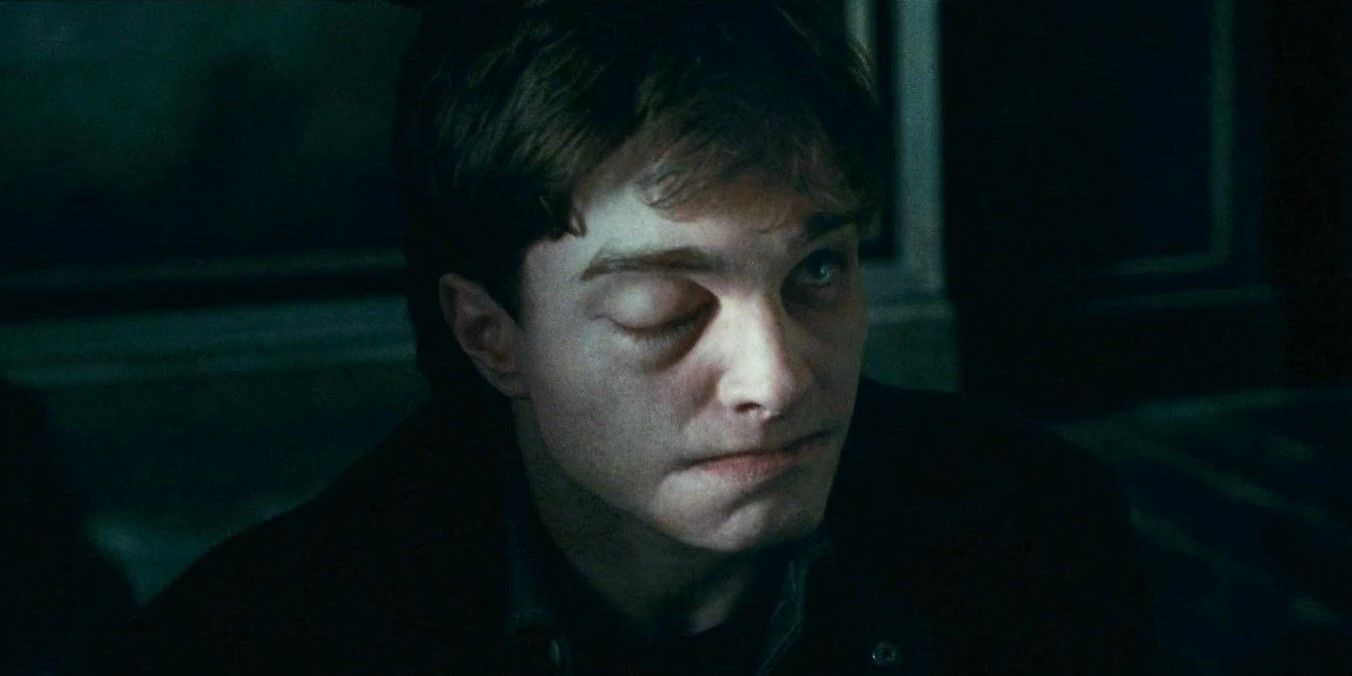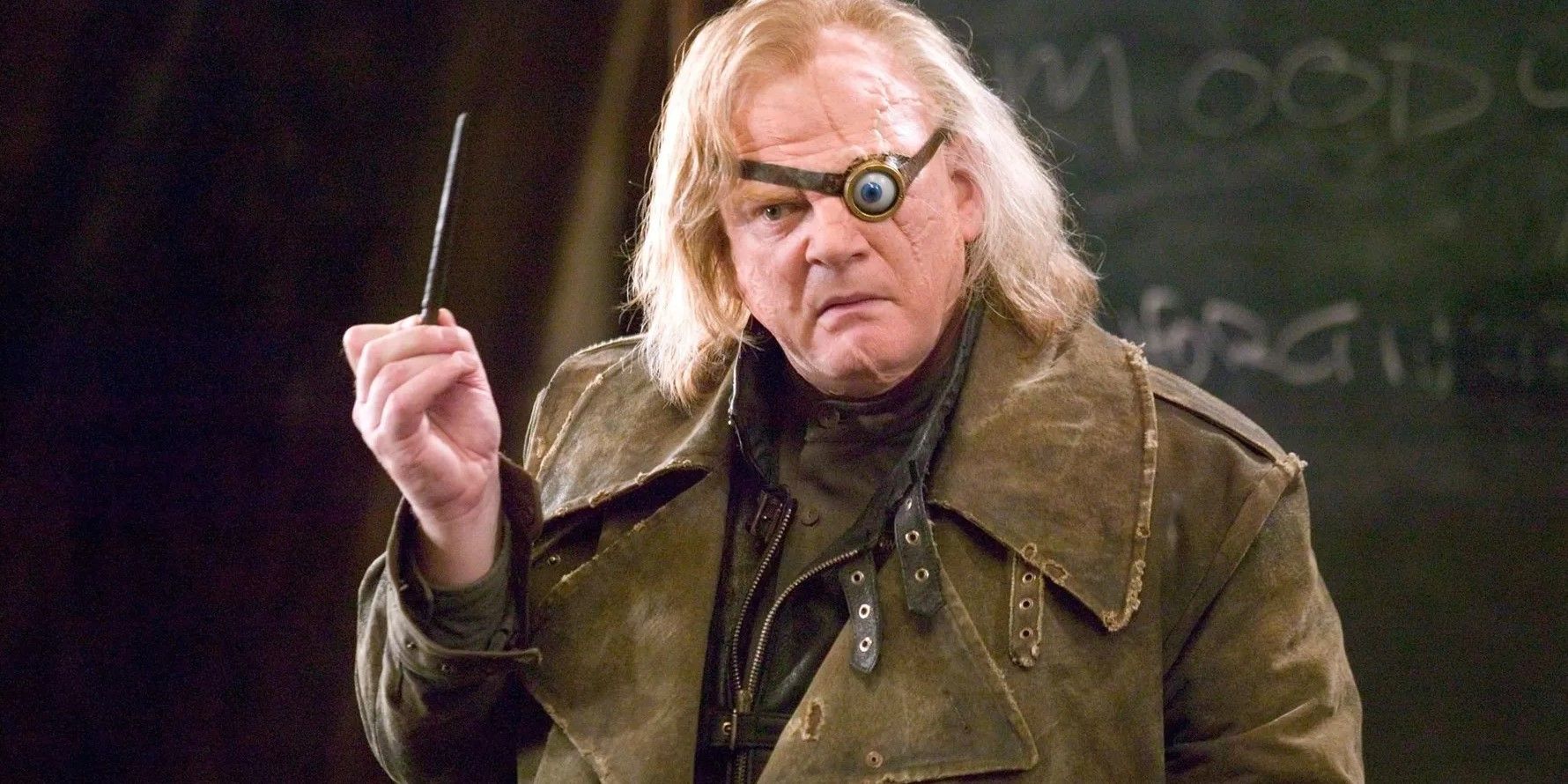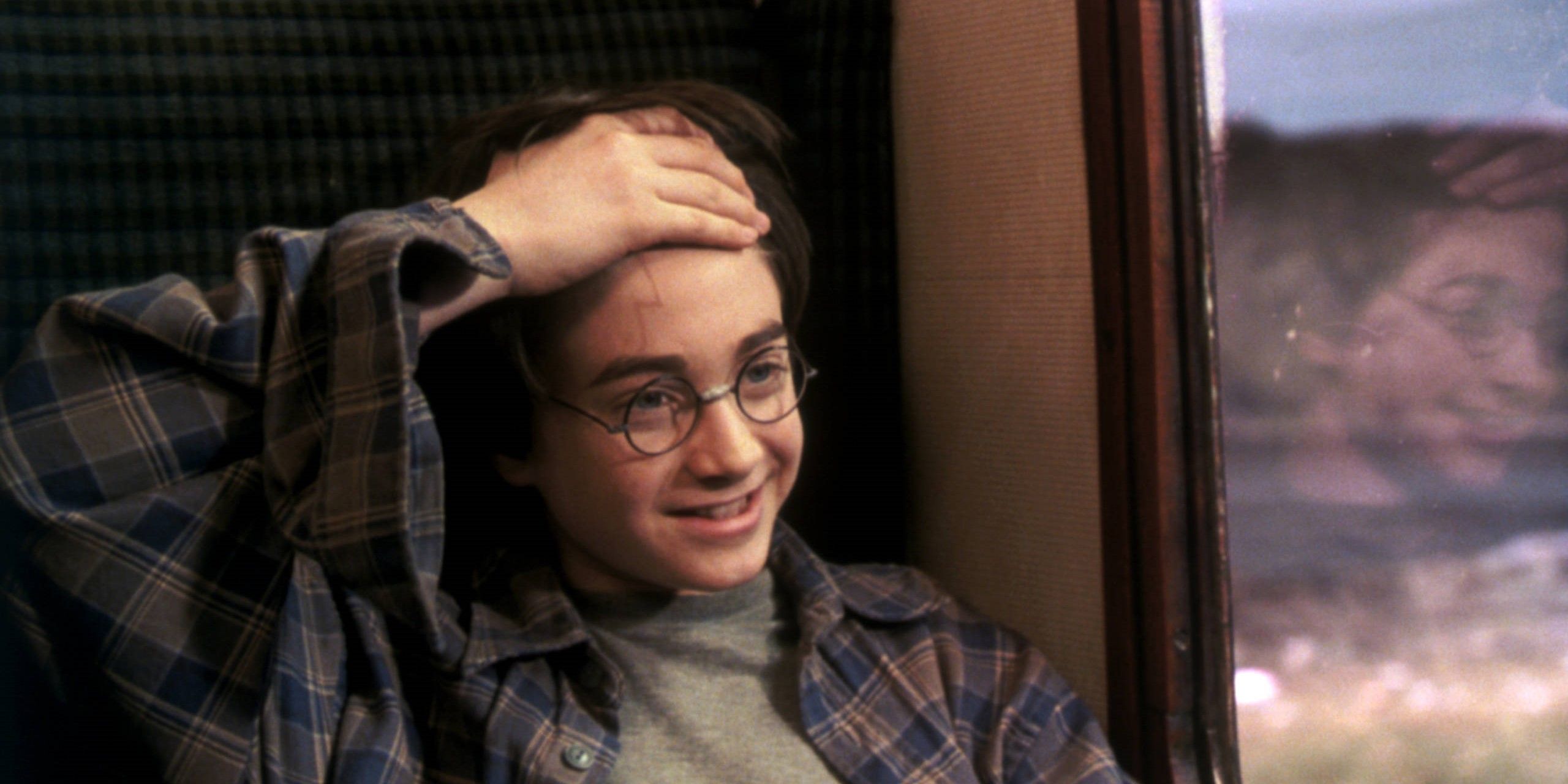Many wizards and witches in the Harry Potter universe discover their magical abilities at a very young age. Oftentimes, they learn of their magic through the spells they involuntarily cast. Once it comes time to attend Hogwarts School of Witchcraft and Wizardry, then they begin learning the names and abilities of such spells and when to use them.
Thus, casting spells becomes an integral aspect of magic that every witch and wizard must learn in order to do virtually anything involving magic (besides maybe potions). Essentially, spell-casting is what makes someone magical. While there is an extensive list of spells available to magic folk, they can each be distinguished into various categories. There are 7 types of spells in the Harry Potter universe: charms, curses, transfigurations, healing spells, jinxes, hexes, and counter-spells. Each of these types have their own properties and purposes, all being able to be cast by a single wand.
Charm
A charm, or enchantment, is a spell that simply gives an object or organism particular properties in which it didn't have before. For example, Wingardium Leviosa is a spell that causes things to levitate; hence its alternate title, the Levitation Charm. Charms can also affect specific aspects of appearance (such as color or facial properties) or even the emotions of any individual.
When charms are cast with the intent of lasting within a person or object, the receiver then becomes bewitched. While many charms can be harmless and even be used to help a wizard complete a task, they can also be very dangerous and cause immense pain, or even death. These harmful spells are referred to as dark charms, or more familiarly, curses.
Curse
Curses are primarily used to cause harm to another living being and are more often used by wizards and witches who practice the Dark Arts. Of the many curses, there are three infamous spells that are dubbed the Unforgivable Curses: Avada Kedavra (the Killing Curse), Crucio (the Torture Curse), and Imperio (the Imperius Curse, which allows the caster to obtain full control over the victim).
While curses are often cast towards another person, they can also be used to bewitch an object, relaying a negative effect onto whomever comes in contact with it. Curses are near impossible to reverse, and the Unforgivable Curses cannot be deflected by any counter-spell, making them especially dangerous.
Transfiguration
Similar to charms, transfiguration spells have the ability to affect the properties of any object or person. However, whereas a charm simply adds aspects to something, transfiguration causes that something's properties to change entirely.
Transfigurations can be broken down into four subcategories: Transformation, Untransfiguration, Vanishment, and Conjuration (the latter two serving as opposites to each other).
Transformation is simply the act of changing something or someone into something totally different. For example, being Animagus -- or being able to change one's human form into an animal at will -- is a form of transformation. This is shown with Professor McGonagall and Sirius Black who can transform into a cat and a large dog, respectively.
Untransfiguration is simply the act of reverting a subject back into its original form. This can be seen in Harry Potter and the Prisoner of Azkaban when Peter Pettigrew is turned back from Scabbers into his human body.
Vanishment and Conjuration spells can (for lack of a better word) vanish things out of existence and bring things into existence, respectively. There are very little limits as to what can be vanished or conjured, with the exception of food, which cannot be conjured out of nothing.
Healing Spell
Very self-explanatory, healing spells have the power to heal aspects of organisms that were physically damaged. This includes things like cuts, bruises, broken bones, certain illnesses, and can even serve as a sort of defibrillator with the Shock Spell, which can revive a stopped heart before someone dies.
Jinx
Jinxes are actually considered to be dark charms. However, jinxes are far less severe than curses and are more so aimed to cause irritation to the victim. For instance, the Backfire spell causes a spell to be rebounded back against the caster. Jinxes can also cause physical irritations like the Bee-sting jinx, which makes the victim's face swell and bruise as if it were stung by bees.
An important aspect of jinxes is that the spell can only work if the caster makes eye contact with their opponent.
Hex
Hexes are also considered dark charms, but fall between jinxes and curses as far as severity. While jinxes cause irritation and discomfort, hexes are aimed to cause more suffering. Differing from the Bee-sting jinx, the Stinging hex causes the actual stinging sensation felt from bee-stings rather than the physical result, thus causing more pain and suffering to the victim.
Counter-spells
Counter-spells are also fairly self-explanatory, whereas they work to counter, or reverse, any spell cast onto an individual. This type of spell is present in any other spell-type, giving way for counter-curses, counter-charms, as well as untrasfiguration being a form of a counter-spell.
One of the most famous counter-spells in the Harry Potter universe is Harry's distinguishable lightning-bolt-shaped scar on his forehead. The scar was left behind from Lily Potter's counter-curse -- the Sacrificial Protection -- to Voldemort's curse when the Dark Lord murdered both Harry's parents and attempted to kill Harry himself. Lily's counter-curse allowed her son to survive and protected him from the dark and dangerous magic cast by Voldemort.
Every spell in a Hogwarts spell book can be broken down into each of these 7 types based on its purpose and ability, making learning about each spell a bit easier to understand.

